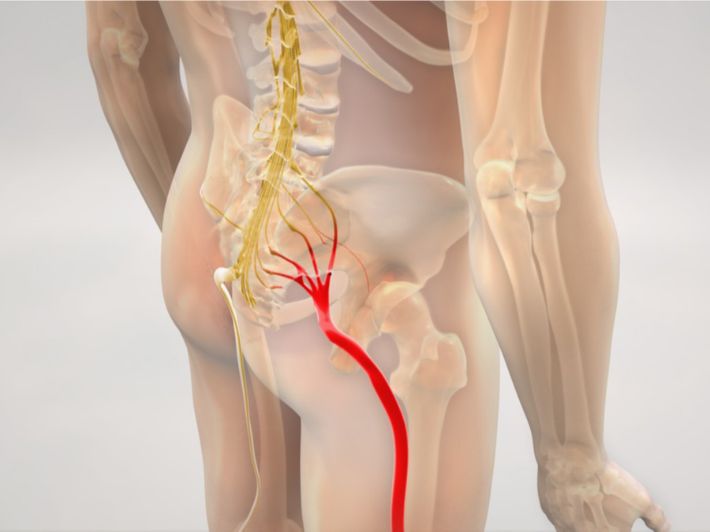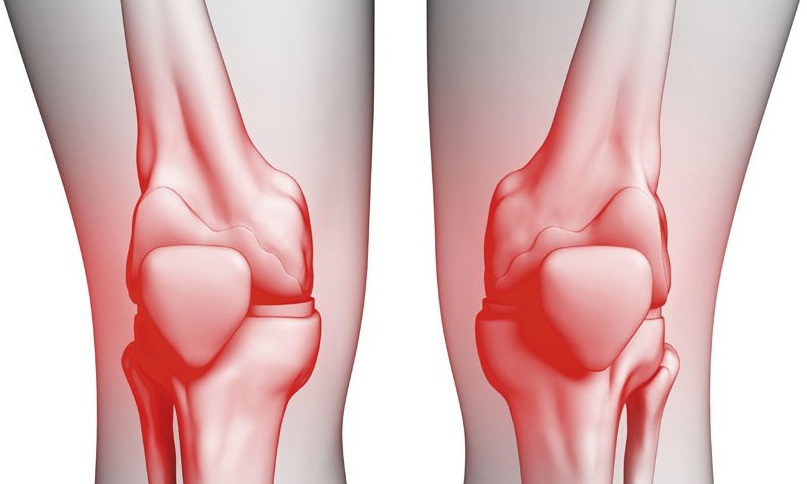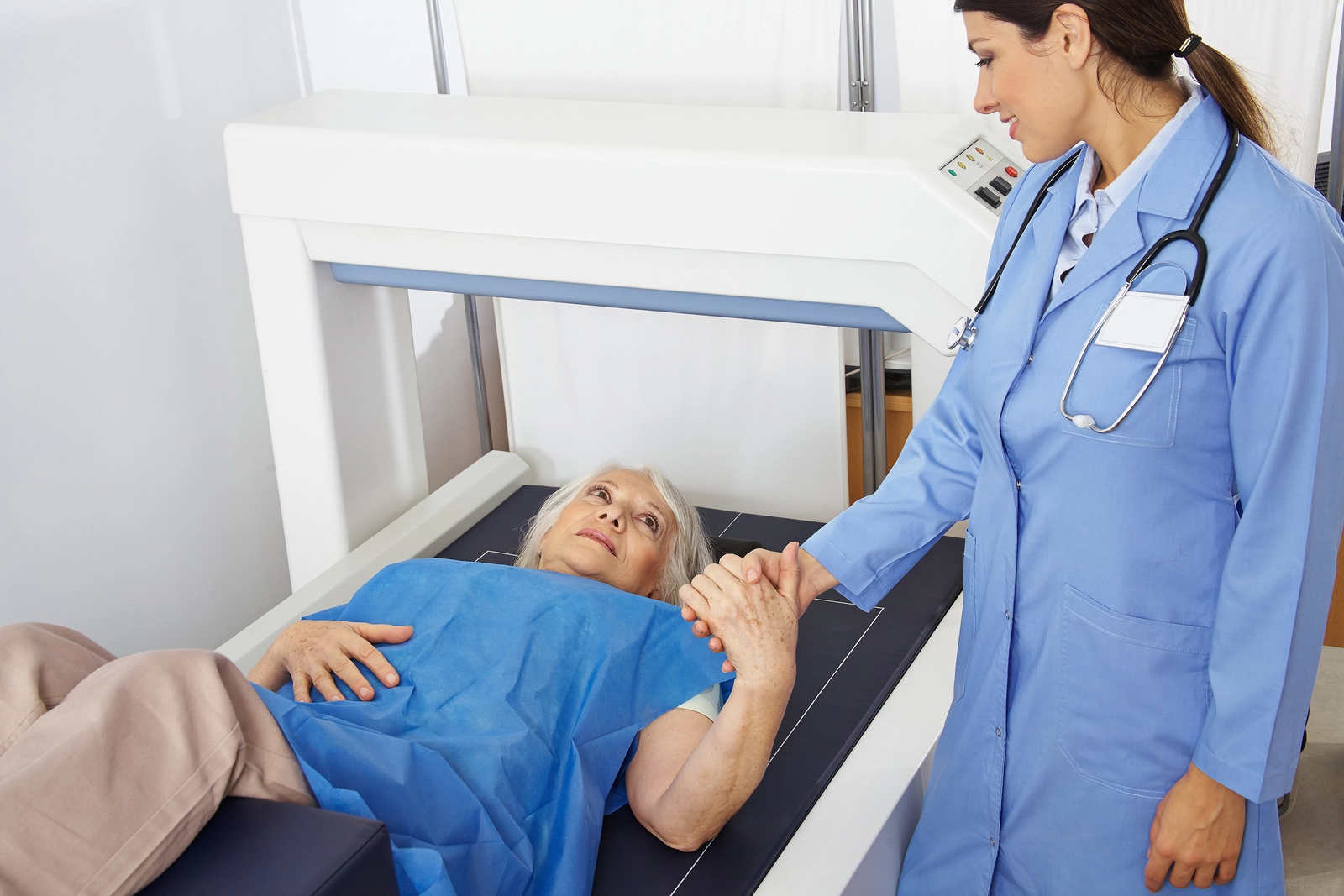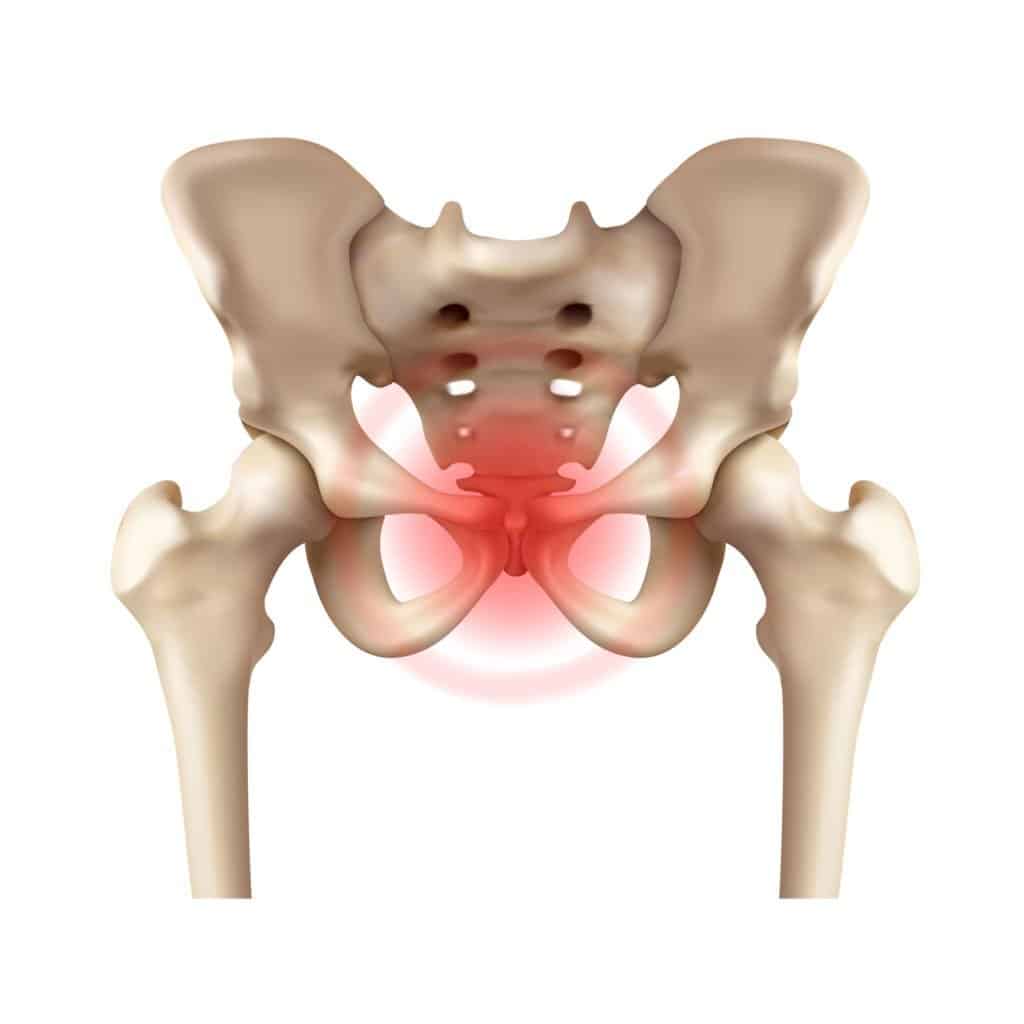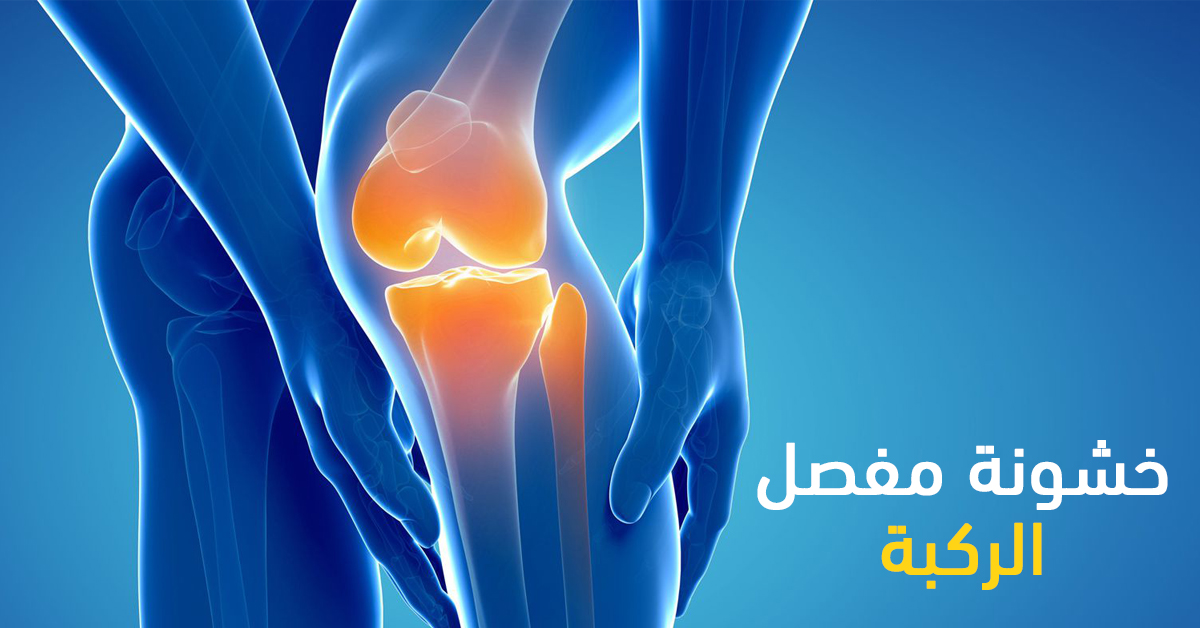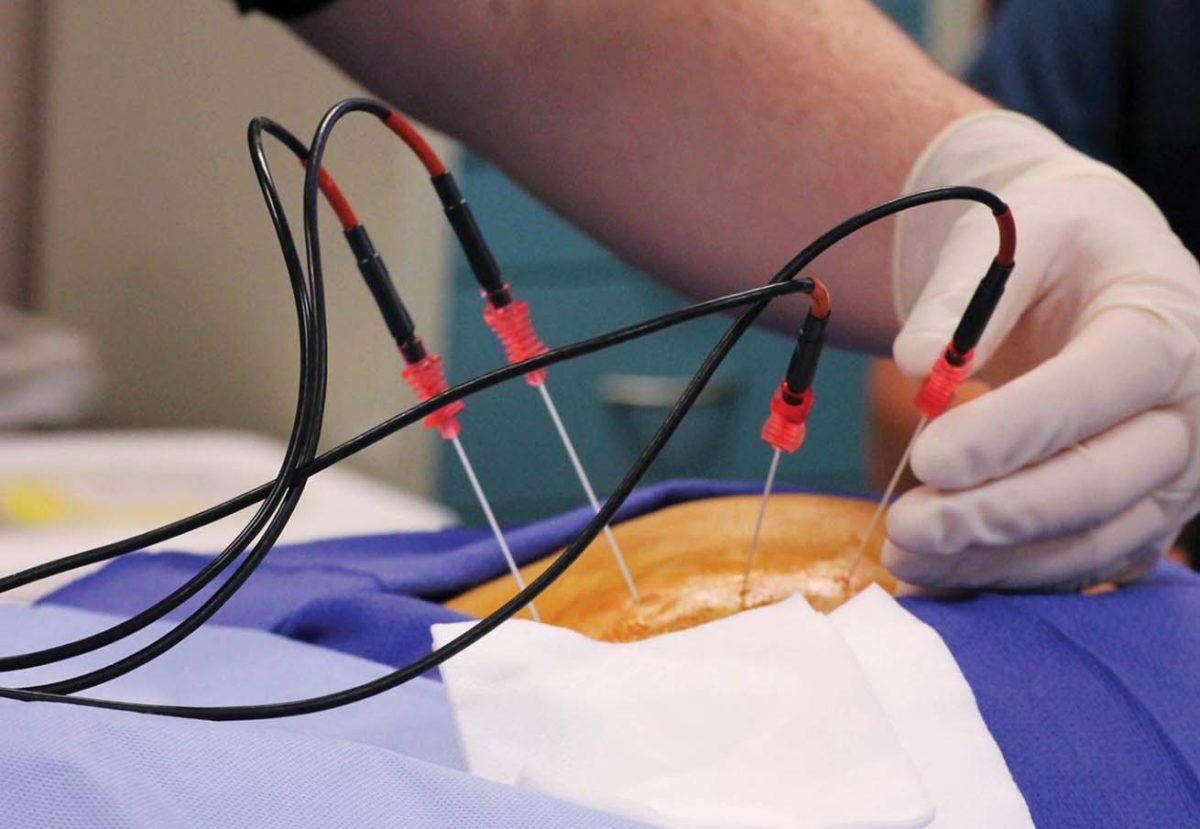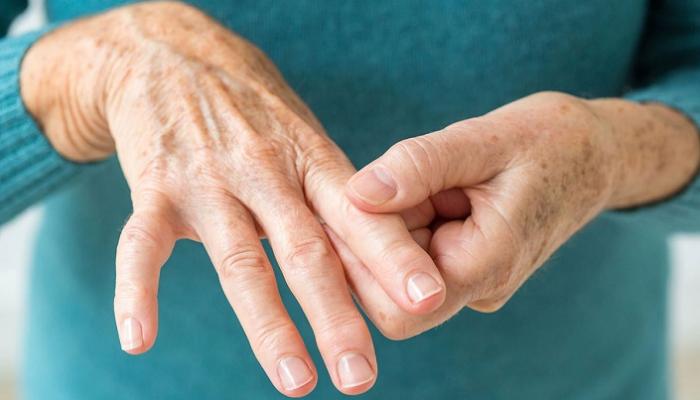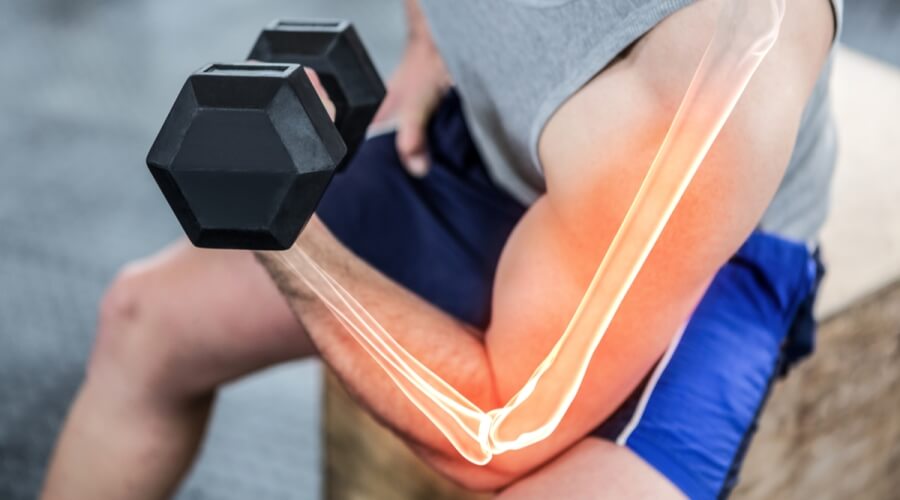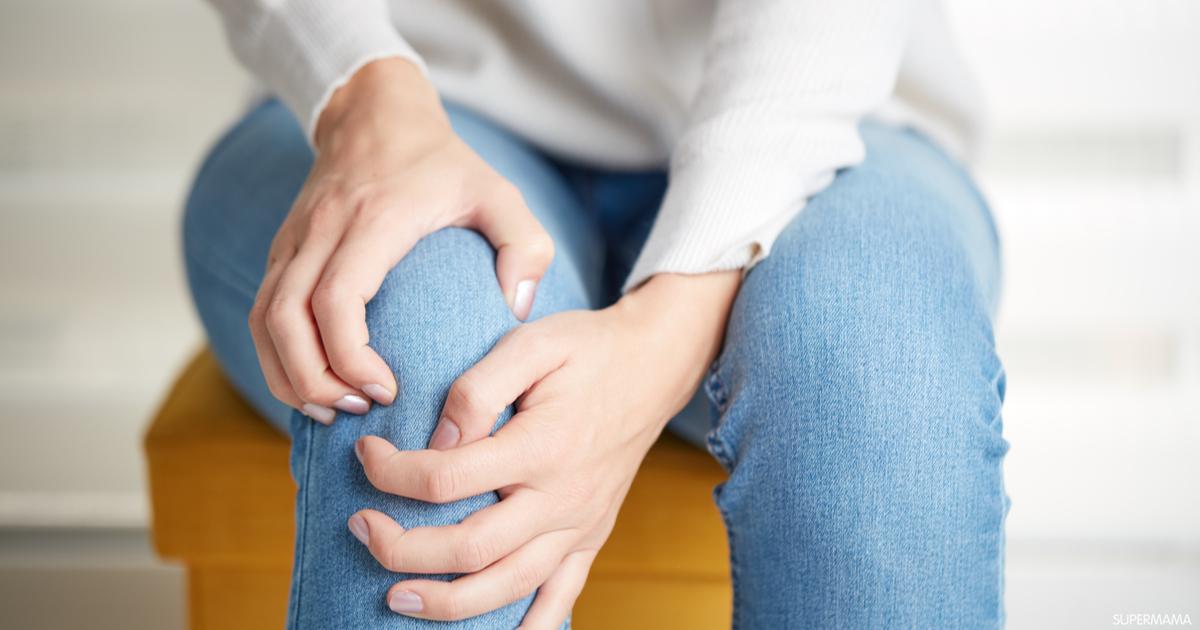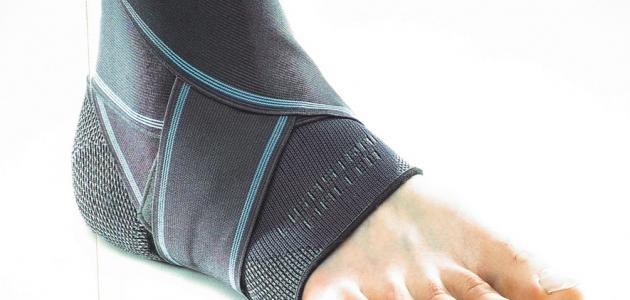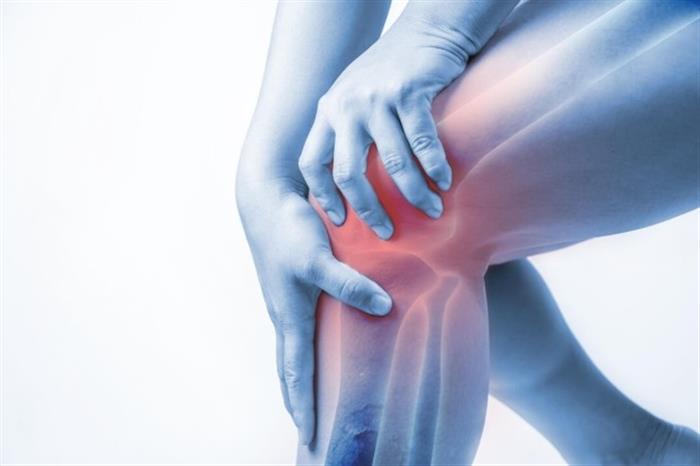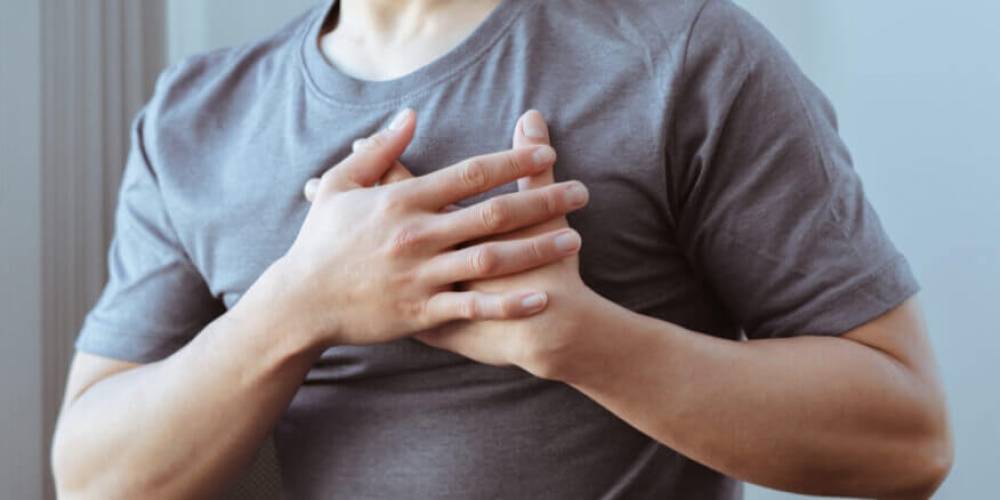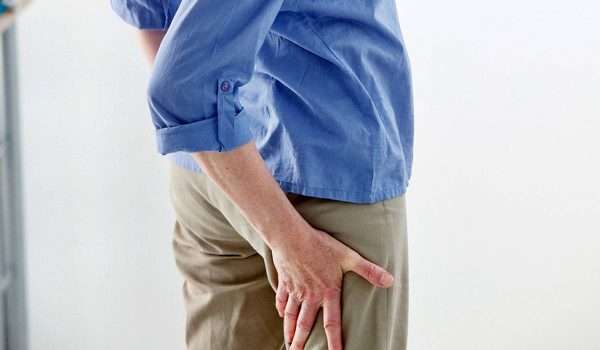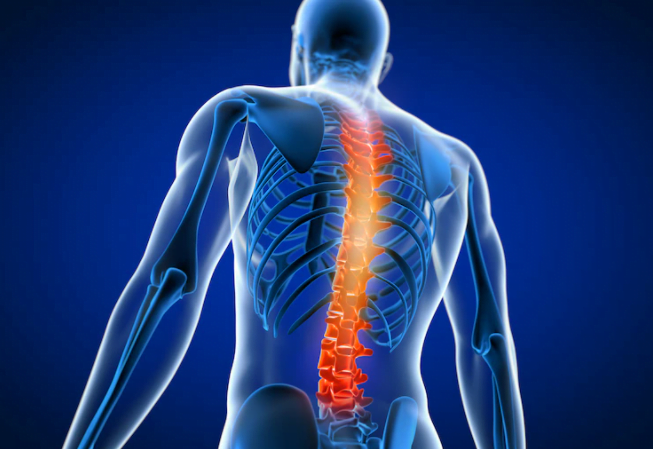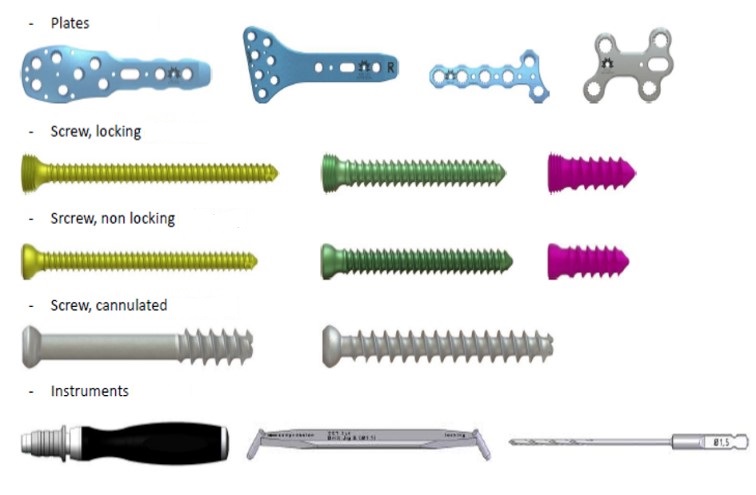What is a Torn Ligament?
A ligament tear is a sprain in the joint that causes it to go out of its normal range of motion and this causes a lot of damage. In the following article, we will talk about detailed information on this topic, so let us read the following.

What are Torn Ligaments?
Ligaments are a type of dense connective tissue that connects bones together at the point where they meet with the joint, and this happens when they are stretched out of the ordinary as a result of a fall, sudden stop, or a sprain, and when the injured person undergoes a medical diagnosis, the specialist doctor follows the following procedures :
- Physical Examination: This diagnosis is followed by the specialized doctor, as he begins to examine the site of the injury well and compare it to a healthy area similar to it, where it is noticed that there is swelling in the affected area.
- X-rays: They are taken to ensure that there are no bone fractures associated with the ligament rupture.
- Magnetic Resonance Imaging: Through it, a clear picture of both the soft and hard tissues that exist in the individual’s body is obtained.
- Ultrasound: Through which the body’s internal organs are photographed and injuries are detected in the knee ligaments, tendons, and muscles.
Symptoms of a Ligament Tear
There are many symptoms that appear on an individual when a ligament tear occurs, for example:
- The movement of the muscle becomes completely limited or may not be moved in any way.
- Burning and severe pain at the site of the torn ligament.
- Having muscle spasms.
- Muscle stiffness.
- The appearance of bruises on the area of the skin surrounding the affected muscle and the appearance of swelling.
- Feeling very weak in the area that may have been ruptured.
Muscle rupture occurs suddenly without any prior warning, and this is for many reasons, such as:
- Neglecting to do warm-up exercises before practicing any kind of sports.
- Having a weakness in the flexibility of the body.
- Not having great hydration for the body.
- Loading heavy weights on some muscles in the body in an exaggerated manner.
- Walking improperly on uneven surfaces.
- Going skiing.
- Suddenly jumping.
- Running and stopping suddenly.
- Lifting heavy weights incorrectly.
- Sitting or standing for long periods of time in an uncomfortable position.
- Practicing some types of sports such as golf, rowing, and tennis.
Symptoms of a Shoulder Ligament Tear
The symptoms that appear on the individual when a shoulder ligament tear occurs vary according to the severity of the injury and the way in which it occurred. There are some symptoms that generally appear when the shoulder ligaments tear, for example:
- Feeling pain in the shoulder and the appearance of swelling in it.
- The pain in the shoulder increases during periods of the night or when leaning on it.
- The pain gets stronger when you move your arm or shrug your shoulder.
- Suffering from severe weakness in the affected arm.
- The presence of pain spreads down the arm.
- A crackling sound when moving the shoulder.
- Facing great difficulty when doing arm raises.
- Loss of ability to perform daily activities normally.
There are two types of ruptures that affect the shoulder muscles, each according to its severity. Examples of them are:
- Partial tear: This tear is known to be incomplete and the ligaments are attached lightly to the arm bone but become very weak.
- Total rupture: In this injury, there is a complete separation from the bone, and a rupture or hole may occur in the ligaments themselves.
Back Muscle Rupture Treatment
When suffering from a rupture of the back muscles and determining the degree of injury to which the individual may have been exposed, the doctor begins to determine the most appropriate treatment method for their condition, and there are two methods that are followed, one of which is:
Medical Treatment of a Muscle Rupture
- Pain relievers: They work to reduce the pain that the individual feels from an injury in order to be able to complete their day in a natural way and increase their feeling of comfort, and it is used for a short period of exposure to the injury and this does not continue, and among the drugs that the doctor recommends are ibuprofen and aspirin and naproxen.
- Muscle relaxants: The doctor may prescribe some medications that relax the muscles for some time in order to reduce the occurrence of muscle spasms, and they should not be used for long periods of time because they may cause many side effects for the individual such as dizziness, nausea, and vomiting, and this may also result in exposure to the risk of addiction, the most prominent of such medication are metaxalone, methocarbamol, and orphenadrine.
- Surgery: This solution is resorted to in cases that are serious and for which other treatment methods are not effective.
Home Treatment of Muscle Rupture
- Cold compresses: Ice may be applied to the injury area, as this is very effective in reducing symptoms and reducing the pain felt by the individual, as it is placed more than once a day for 20 minutes.
- Warm compresses: It is better to avoid doing warm compresses immediately after exposure to the injury, as this increases blood flow and increases the severity of inflammation that the individual feels, and for this reason, it is preferable to wait until two days before starting to use them.
- Compression bandage: It is used to control swelling and help damaged tissues to repair themselves quickly.
- Rest: Rest is very important in treating this type of injury, but care must be taken not to overdo it in order to avoid stiffness in the injury area.
Symptoms of Back Muscle Rupture
There are many symptoms that appear on the injured person when they suffer a rupture in the back, such as:
- Feeling severe and sudden pain in the place that may have been ruptured.
- The person feels a burning sensation.
- Loss of ability to move the affected muscle.
- Bruises appear on the skin around the injury area.
- Note the presence of swelling and inflammation.
- Muscle spasm.
- Muscle stiffness.
- Feeling very weak in the back area.
Treatment of Ankle Sprain and Ligament Tear
In the event of a sprained ankle that has led to the rupture of the ligaments, the method of treatment varies according to the severity of the injury to which the individual may have been exposed. Examples of known methods of treating this condition include:
- Protection: Make sure to wear a medical brace in order to protect the injured area from collision and to hold it in place until it is healed.
- Rest: Walking should be avoided completely so as not to put pressure on the injury area, and crutches should be used in cases of necessity.
- Ice: Do some cold compresses to reduce inflammation and swelling.
- Pressure: It is possible that the doctor advises putting on a pressure bandage in order to control the swelling.

